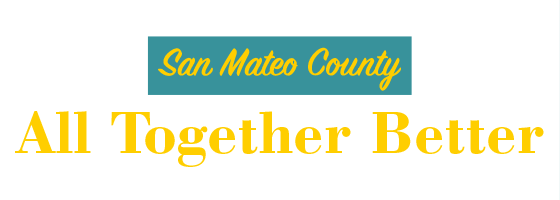Promising Practices
The Promising Practices database informs professionals and community members about documented approaches to improving community health and quality of life.
The ultimate goal is to support the systematic adoption, implementation, and evaluation of successful programs, practices, and policy changes. The database provides carefully reviewed, documented, and ranked practices that range from good ideas to evidence-based practices.
Learn more about the ranking methodology.
CDC COMMUNITY GUIDE: Preventing Excessive Alcohol Consumption: Regulation of Alcohol Outlet Density (USA)
Filed under Evidence-Based Practice, Health / Alcohol & Drug Use, Adults
CDC COMMUNITY GUIDE: Reducing Psychological Harm from Traumatic Events: Cognitive-Behavioral Therapy for Children and Adolescents (Individual & Group) (USA)
Filed under Evidence-Based Practice, Health / Mental Health & Mental Disorders, Children, Teens
Filed under Evidence-Based Practice, Health / Prevention & Safety, Children, Teens
Filed under Good Idea, Education / Educational Attainment, Children, Teens
Goal: The goal of Check & Connect is to encourage middle and high school students to stay on track towards graduation. Check & Connect seeks to foster student engagement at school and with learning. In Check & Connect, engagement is defined as commitment to and investment in learning, as well as identification with and belonging at school. Engagement is associated with desired academic, behavioral, cognitive, and affective outcomes, such as persisting in school and graduating.
Impact: Students who participate in Check & Connect are significantly more likely to stay in high school than similar peers who did not receive the intervention (24%). Students who participate in Check & Connect are significantly more likely to complete high school than peers who did not receive the intervention (20%).
Filed under Effective Practice, Education / Student Performance K-12, Children, Teens, Families
Goal: Coalition for Community Schools’ mission is to mobilize the resources and capacity of multiple sectors and institutions to create a united movement for community schools.
Filed under Effective Practice, Education / Educational Attainment, Teens
Goal: College Track's goal is to transform low-income communities into places where college readiness and college graduation are the norms by providing direct service, community partnerships, and advocacy.
Filed under Good Idea, Community / Social Environment
Goal: The goal of the CFAA initiative is to promote community building across ages. The life span approach promotes the well-being of children, youth, and older adults; strengthens families; and provides opportunities for ongoing interaction across ages.
Filed under Effective Practice, Health / Maternal, Fetal & Infant Health, Families
Goal: The purpose of the Community Supporting Breastfeeding (CSB) designation program is to create a culture of breastfeeding support in communities, ultimately increasing breastfeeding initiation and duration rates and the health and well-being of families.
The CSB program’s immediate goals are to increase positive perceptions toward breastfeeding, increase the availability of breastfeeding resources, and reduce barriers experienced in the community by women of child-bearing age. The long-term goal of the project is to increase exclusive breastfeeding rates through a sustainable model of cross-sector support for breastfeeding.
The project also effectively addresses the racial and socioeconomic disparities in breastfeeding rates. The Kansas Breastfeeding Coalition’s collective impact approach supports efforts of those serving African-American and lower income women. As a result of this project, these organizations receive the support they need to increase their impact when they become aligned with other, larger organizations working toward similar goals, creating a synergy across groups working on breastfeeding support.
Impact: Based on results from our evaluation, along with improved exclusive breastfeeding rates in the majority of the communities that could be associated with the CSB criteria, we believe the CSB program is impactful.
Filed under Effective Practice, Education / Student Performance K-12, Children, Teens, Adults
Goal: The goal of the program is to make a positive difference in the lives of children, primarily through professionally guided one-to-one relationships with caring adults, and to assist them in achieving their highest potential, as they grow to become confident, competent and caring individuals.

